Road Safety in Germany: A Changing Perspective
The Federal Government’s Road Safety Programme 2021-2030 outlines the measures that the government wishes to implement to improve safety on Germany’s roads, by the year 2030.
Published
September 20, 2022
.avif)
The Federal Government’s Road Safety Programme (2021-2030) is a continuation of the 2011 Road Safety Programme that expired at the end of 2020, and has as its focus the implementation of ‘Vision Zero’ - a global initiative that aims to bring down the number of road fatalities and serious injuries to zero. The idea behind the policy takes into account that mistakes are inevitable and in order for accidents to be entirely preventable, the road system should be designed accordingly.
This indicates the requirement for availability of accurate, reliable data to planners. Isarsoft Perception does exactly that and provides planners the means to design road environments in accordance with the goal.
Governments across the world are investing increasingly in urban technologies that enable smart mobility in cities. The Federal Ministry of Transport and Digital Infrastructure, for example, had a budget of 15.4m EUR each year from 2019-2021 for awareness measures to improve road safety.
Strategies for Vision Zero
- Bringing together a diverse group of stakeholders (policymakers, transport personnel, public health officers, police and the members of the community) under a common banner of sustainable leadership and collaboration
- Leveraging the collection and analysis of video data to comprehend traffic trends and evaluate the effectiveness of security concepts
- Managing safe speed levels across a network of roads and highways
- Educating drivers and commuters on prevention awareness
- Setting an achievable timeline for zero traffic deaths
- Ensuring transparency on progress
Equalizing the Plane for Vulnerable Road Users
Vulnerable Road Users or VRUs is an umbrella term that indicates a certain sect of commuters who are especially susceptible to traffic risks. Pedestrians, cyclists and users of e-scooters fall into this category.
In a study conducted on road traffic fatalities by the Statistisches Bundesamt over a period of four years (2018-2021), it was found that bicyclists and pedestrians face the highest risk of injury on German roads, ranking second and third after passenger car injuries.

It is, therefore, evident, that prevention measures to protect vulnerable road users are more important than ever. Speed is a primary factor that results in fatalities, with cars and larger vehicles at an unfair disadvantage over those who travel on foot/ on bicycles. A mandate to equalise speed limit was passed by the European Transport Safety Council. A speed limit of 30 km/h is applied to all inner-city areas (usually frequented by pedestrians and cyclists) and has been found to be effective.
With the evolution of technology, speed and red-light monitoring systems can now function with little effort and high precision. AI-based software, such as Isarsoft Perception, can be deployed into pre-existing camera systems. The video data is then processed on-site and analyses can be performed with convenience.
Increasing safety at crosswalks is another focal point for improving road conditions for VRUs. Usually densely populated and riddled with speeding vehicles, it is highly important that the traffic signage functions without fault. A suitably trained neural network can perform the aforementioned task without glitching and optimise the traffic lights to curb chances of accidents.
Learning from Bicycle Friendly Cities
Bikes are a great way to travel. They are easy to manoeuvre, have excellent health benefits and are environment-friendly in multiple ways - be it to aid the improvement of air quality or reduce the average figure for carbon emissions that are a result of vehicular pollution.
More and more cities across the globe are following the example of bike-friendly cities such as Amsterdam, Copenhagen and Barcelona among others. These cities have put in place comprehensive walking and cycling infrastructure to promote the movement and help it achieve success.
One of the key factors that make a city more walkable and bike-able is user-friendly infrastructure. The use of smart technology is instrumental at this juncture to assess the road systems in place, figures for daily and average traffic and to use relevant analytics as a basis for improving walking/cycling infrastructure.
In order to re-assign the road space allotted for walking and cycling, cities need to implement quite a few changes. Here are some pointers:
- Wider sidewalks (preferably raised)
- Raised, wide bicycle lanes
- An availability of bike rent services
- Traffic signalling systems that account for bike and foot traffic
Integrating climate control measures into walking and cycling projects is another sizable benefit to arise from the movement. Aside from the obvious reduction in carbon and greenhouse gas emissions, designated sidewalks and bike lanes also introduce cost-effectiveness into transport systems. An example to elucidate the above would be Seville’s 80 km network of segregated bike lanes that cost the city a total of 32 million euros. Building around 6 kilometers of highway would cost roughly the same.
There’s more.
The traditional methods of shipping goods has undergone change over the last few years, and most noticeably, during the pandemic. The presence of delivery services drastically increased, triggering the introduction of more sustainable means of transport such as e-bikes and scooters. Increased use of e-bikes helps foster the growth of a wider bicycling network as well as designated zones within the city to allow for loading and courier zones.
In Germany, companies like Flink have adapted a sustainable model for online delivery - using e-bikes, sustainable packaging and the championing of local brands to cut down on expensive transportation over longer distances.
What comes next?
The changing scope of road safety all over the world, and in Germany, serves a call to action regarding the importance of sustainable transportation. Not only is it important to implement it in theory, it is equally important to make sure that cities and towns are built to support it.
Some successful strategies have introduced low pollution/emission zones that restrict the entry of vehicles in an attempt to create a designated space for bicyclists and walkers.
Barcelona’s Superblock strategy, for example, was devised by Mayor Ada Colau who wanted to right the balance of distribution or of urban spaces, by prioritising pedestrians, green spaces and sustainable mobility. This move was a resounding success and witnessed the existence of six Superblocks by August 2021, and a plan to eventually build a 500.
Other popular initiatives include ‘Car-free Days’, the ‘Odd-Even Rule’ that was implemented in Delhi and schemes that promote a wider use of bicycling such as Cycle Scheme, UK’s most popular cycle-to-work organisation.
A similar program was introduced in Germany recently, in the form of a ‘Bike Challenge’ wherein an app was created as a motivational tool and encouraged employees to actively contribute to the cause of climate protection.
The avenues to create a sustainable, inclusive transport paradigm are plentiful. Isarsoft Perception offers highly precise data analytics to help enhance safety and mobility.
To read more about Isarsoft's work with traffic optimization, check out our case study about Stadtwerke Münster.
More about Isarsoft
With Isarsoft Perception, your camera systems become part of your business intelligence. Whether the goal is to increase efficiency, customer satisfaction or safety, Isarsoft Perception provides the insights needed for informed decisions.
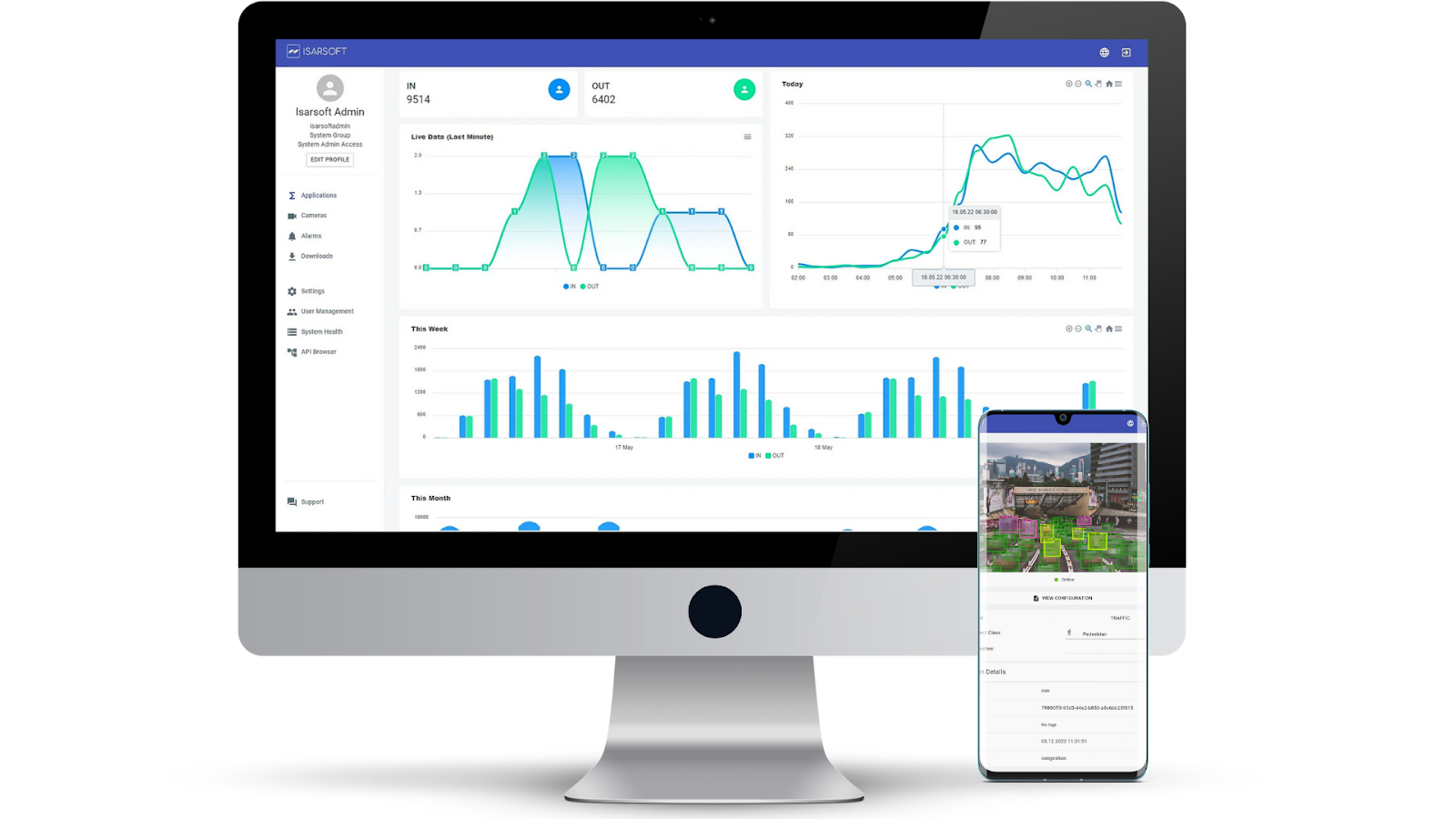
Contact us, to learn more about how to turn security cameras into intelligent sensors.
Optimize your business processes.
Improve business processes with video-based business intelligence from Isarsoft.
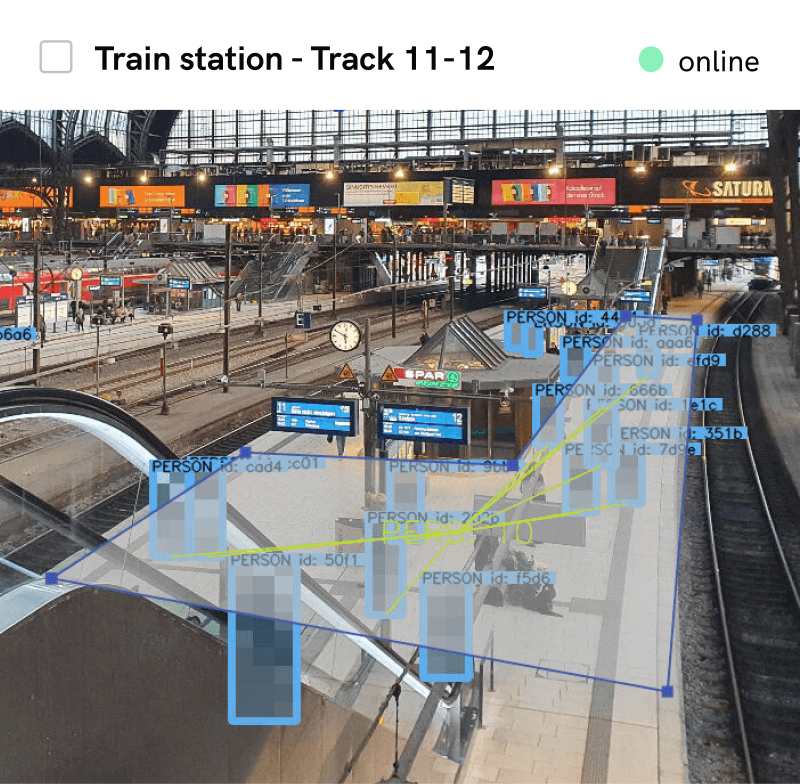

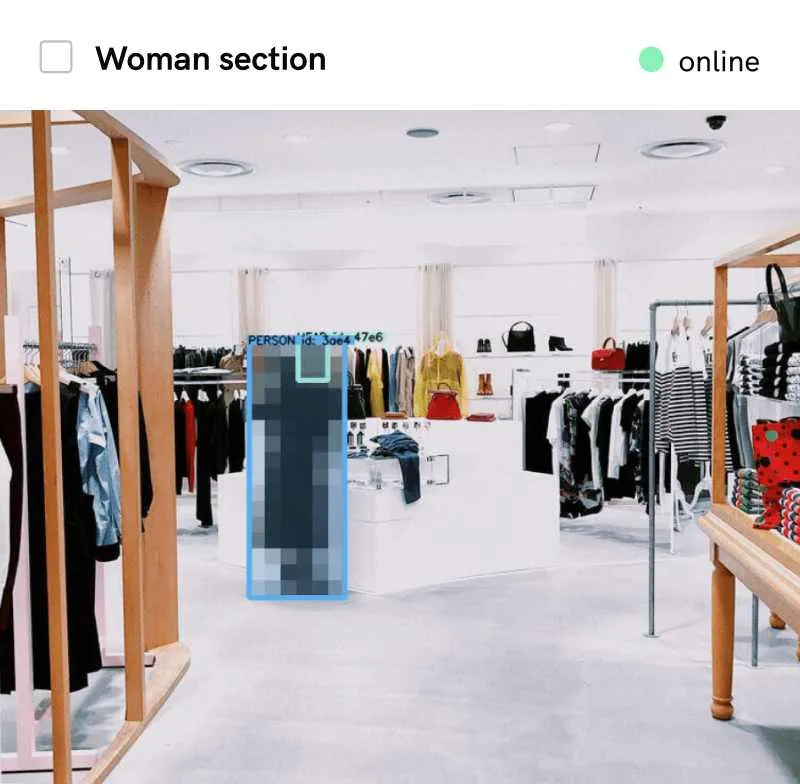
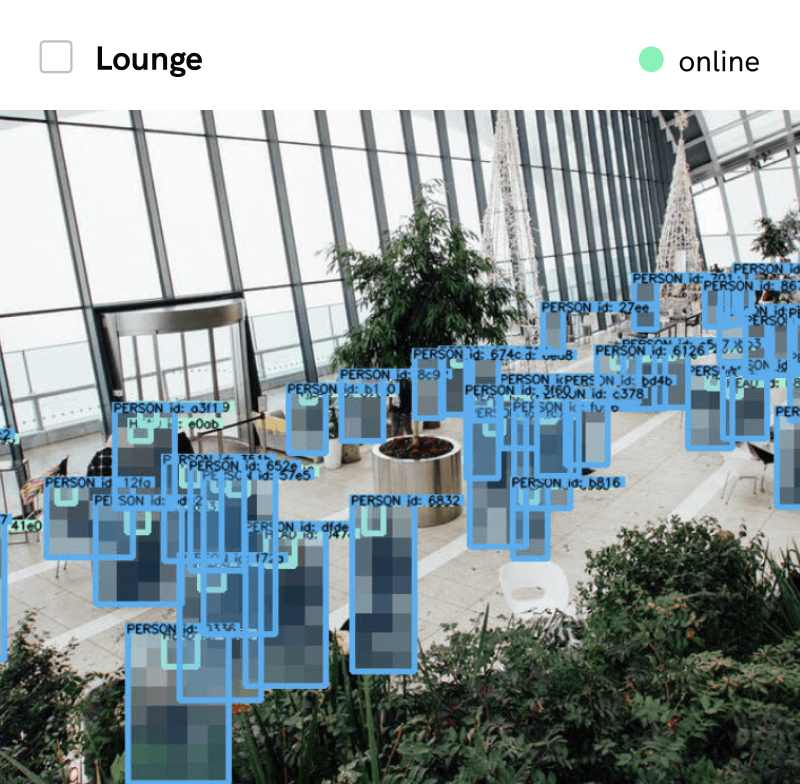
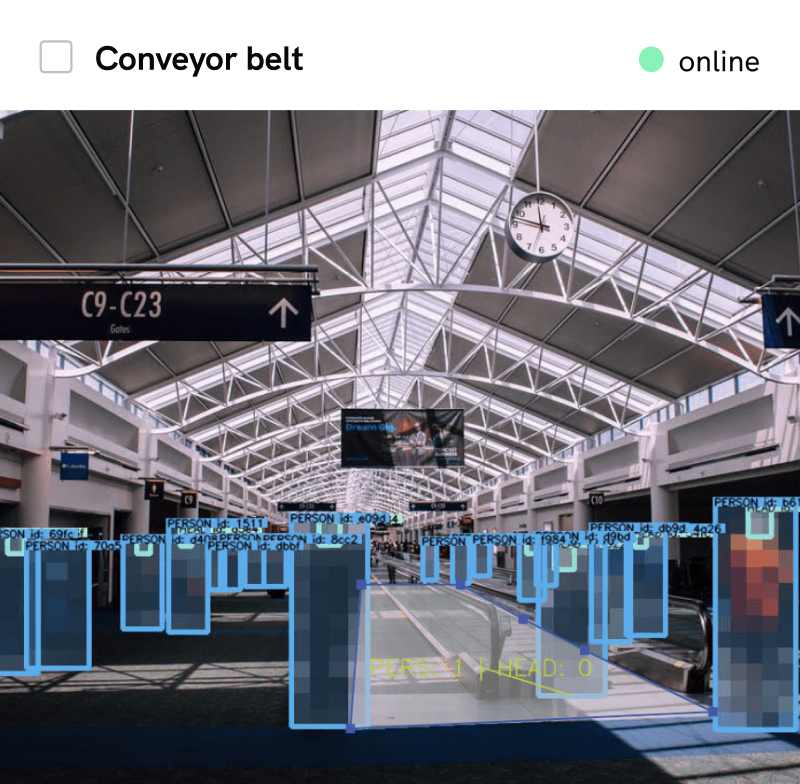




.webp)